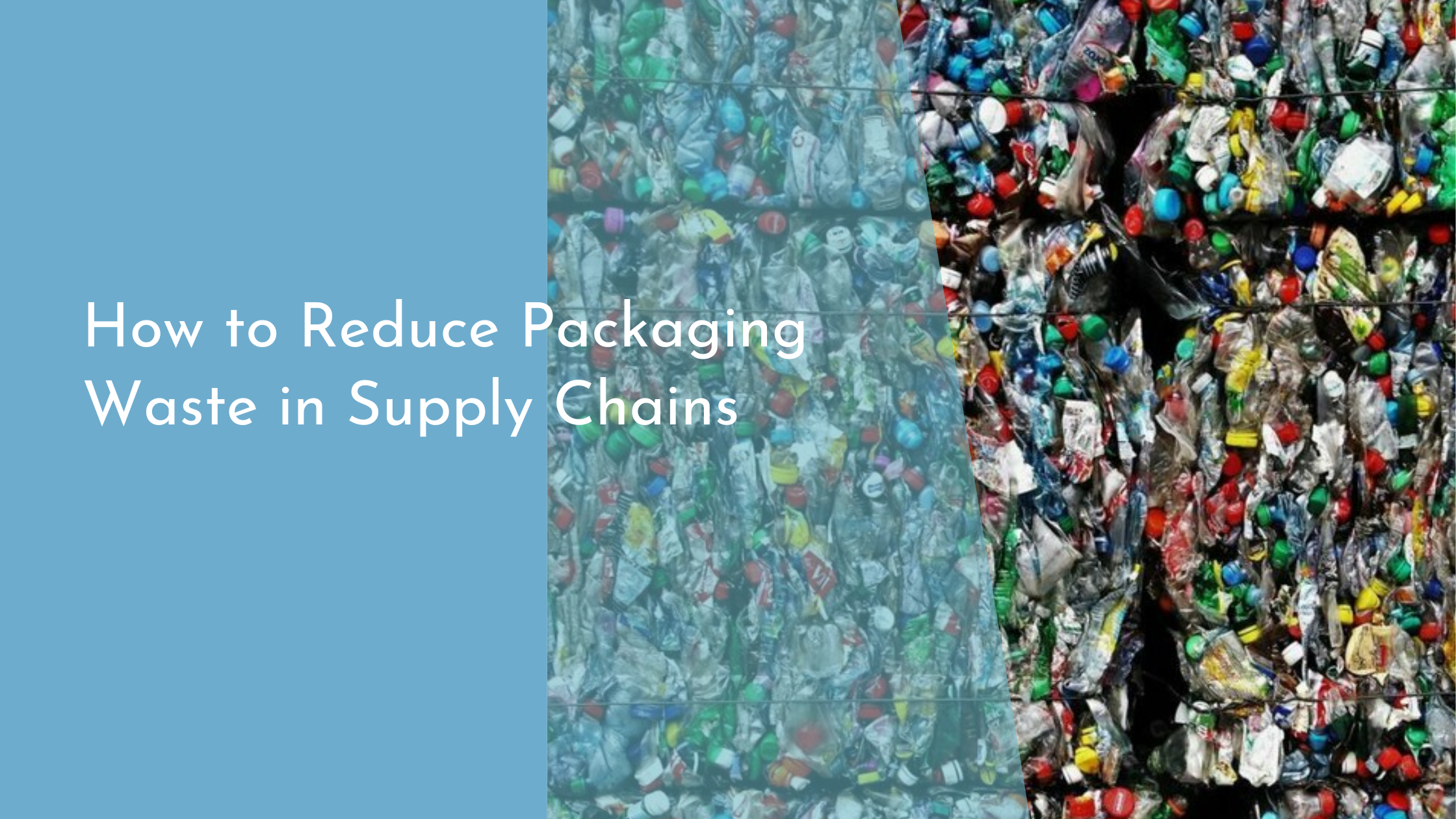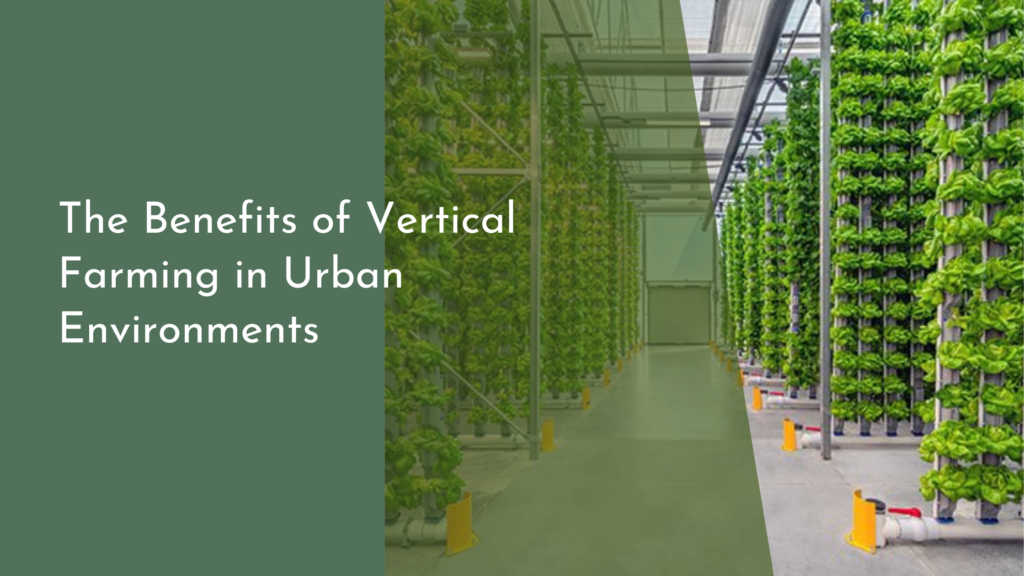How to Reduce Packaging Waste in Supply Chains
Reducing packaging waste in supply chains is not only a critical environmental imperative but also a strategic opportunity for businesses to save costs and enhance their brand reputation. As consumers increasingly demand sustainable practices from companies, embracing innovative solutions to minimize waste becomes essential. This article explores the impact of packaging waste, innovative strategies for reducing it, the importance of collaboration, and the positive shift towards sustainability.
Understanding the Impact of Packaging Waste
Packaging waste has become a significant environmental concern, contributing to pollution and the depletion of natural resources. Each year, millions of tons of packaging materials, such as plastic, paper, and metal, end up in landfills. This accumulation harms ecosystems, as many packaging materials are non-biodegradable and release harmful chemicals into the environment. The excessive use of single-use plastics is particularly troubling, causing a ripple effect of damage to marine life and wildlife. Understanding the severity of packaging waste is the first step toward addressing its impact.
The environmental ramifications also translate into economic costs. Businesses face increasing pressure from regulatory bodies to manage their waste more effectively, leading to potential financial penalties if they fail to comply. Beyond regulatory challenges, companies can lose consumer trust if they are perceived as environmentally irresponsible. Therefore, understanding the scope of packaging waste not only highlights the urgency of adopting sustainable practices but also emphasizes the potential benefits of doing so, including cost savings and increased consumer loyalty.
Innovative Strategies for Waste Reduction
One of the most effective ways to reduce packaging waste is by adopting design innovations that minimize material use. This could involve using biodegradable materials or creating packaging that is easy to recycle. For example, companies can switch to using materials like recycled cardboard or biodegradable plastics, which break down more easily and have a lesser environmental impact. Another approach is to design packaging that serves multiple purposes, such as containers that are reusable or that transform into another product, thereby extending their lifecycle and reducing waste.
Additionally, the use of technology can facilitate smarter packaging solutions. Implementing digital printing techniques can reduce the need for excess labels and packing materials. Furthermore, companies can leverage data analytics to optimize packaging sizes based on product dimensions, minimizing the volume of materials used. Exploring these innovative strategies not only addresses the packaging waste issue but also opens opportunities for businesses to differentiate themselves in the market by showcasing their commitment to sustainability.
Collaborative Efforts in Supply Chains
Addressing packaging waste requires a concerted effort across the entire supply chain. Collaboration between manufacturers, suppliers, retailers, and consumers is crucial for implementing effective waste reduction strategies. By working together, stakeholders can share resources, knowledge, and best practices that lead to more sustainable packaging solutions. For instance, suppliers might collaborate with manufacturers to develop eco-friendly materials, while retailers could offer incentives to consumers for returning or recycling packaging.
Effective collaboration also involves aligning goals and policies across the supply chain. Partners must establish clear communication channels to ensure that sustainable practices are consistently applied at every stage. By fostering a culture of transparency and cooperation, companies can more effectively tackle packaging waste. Collaborative efforts not only enhance the potential for reducing waste but also strengthen business relationships, leading to a more resilient and adaptive supply chain.
Embracing Sustainability with a Positive Outlook
Adopting sustainable practices in packaging should be seen as an opportunity rather than a burden. Companies that embrace sustainability often find new avenues for innovation and growth. By designing products with reduced packaging or using materials that are easier to recycle, businesses not only contribute to environmental preservation but also appeal to the growing segment of eco-conscious consumers. This shift can enhance brand image and stimulate customer loyalty, providing a competitive edge in the marketplace.
The transition to sustainable packaging is a journey that requires commitment and a positive outlook. By celebrating small victories and recognizing the incremental steps taken towards reducing packaging waste, companies can maintain momentum in their sustainability efforts. Encouraging employee involvement and fostering a company culture that values environmental responsibility can further bolster these initiatives. Embracing sustainability with optimism helps businesses not only meet regulatory and consumer demands but also contribute positively to the planet’s future.
Reducing packaging waste in supply chains is an achievable goal when approached with innovation, collaboration, and a positive mindset. By understanding the impact of waste, implementing cutting-edge strategies, and fostering cooperative efforts across the supply chain, businesses can lead the charge towards a more sustainable future. Embracing sustainability not only benefits the environment but also positions companies to thrive in an increasingly eco-conscious world.


